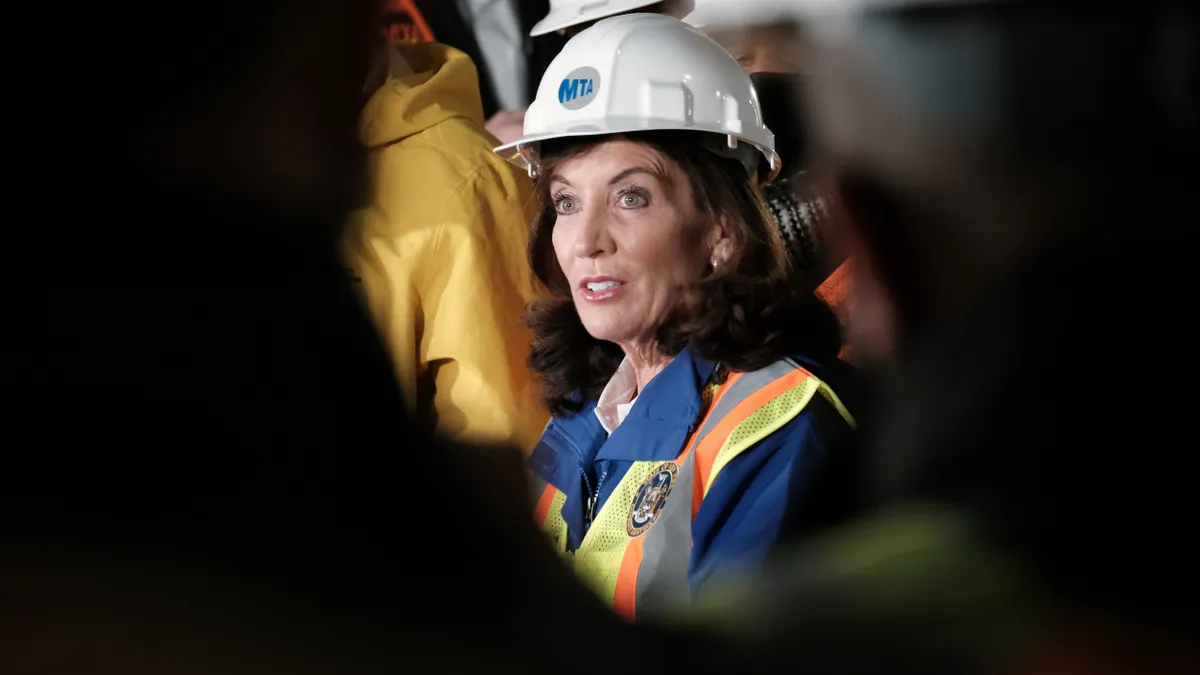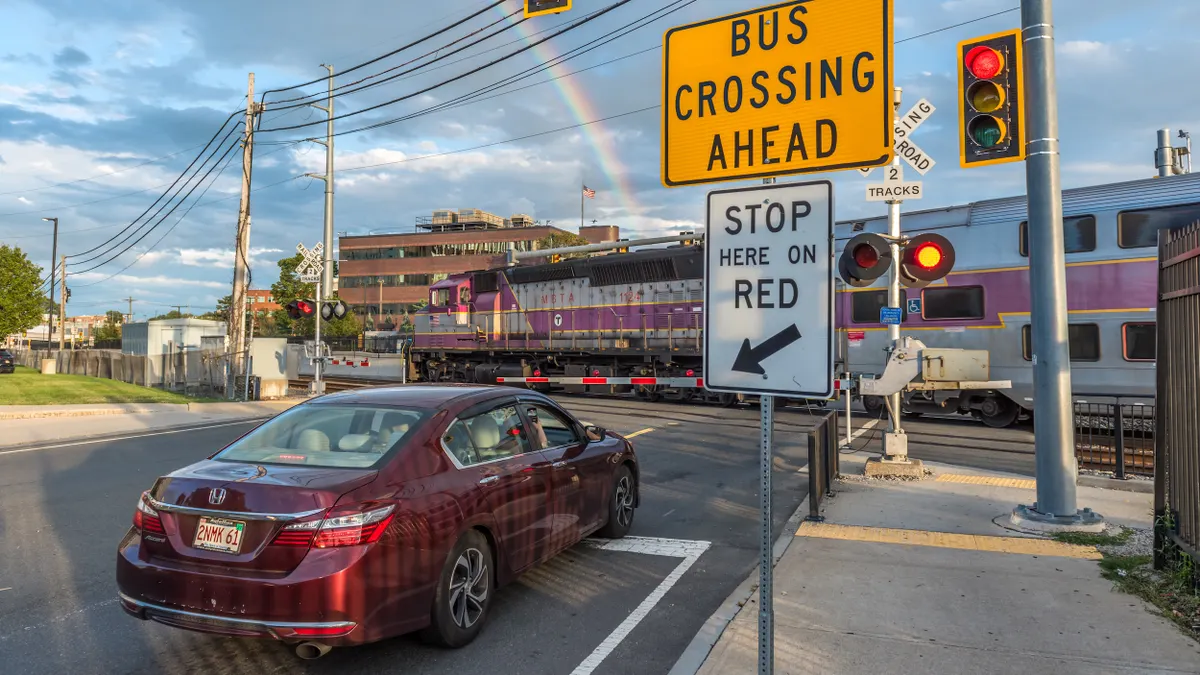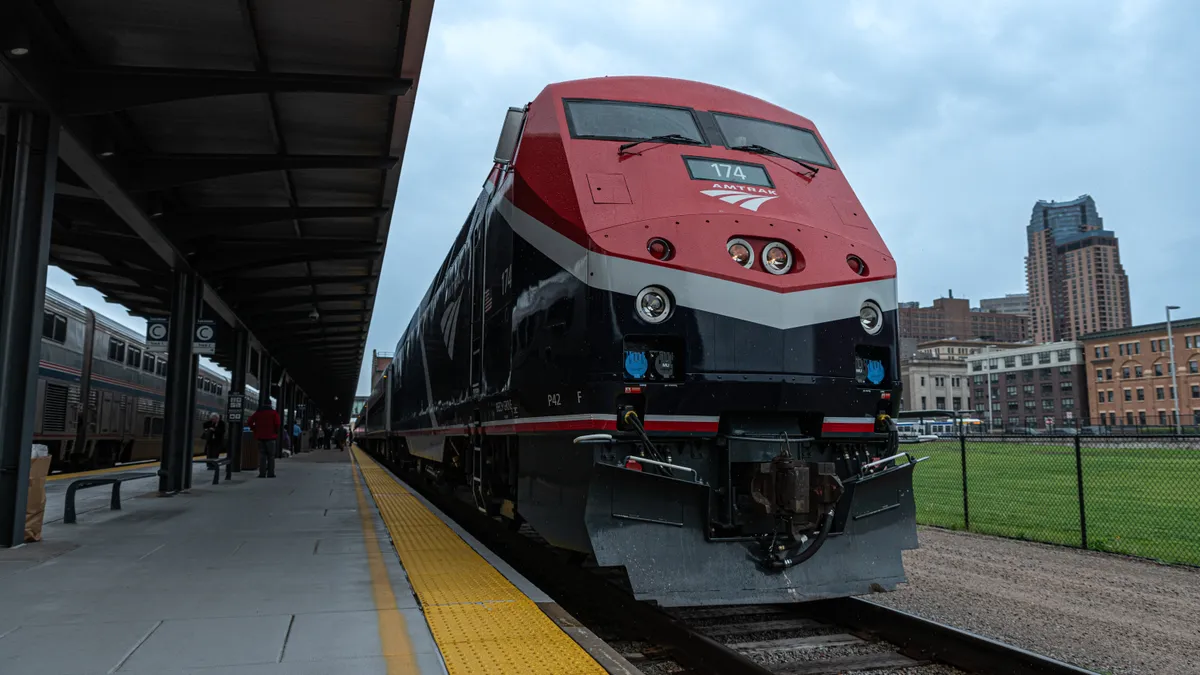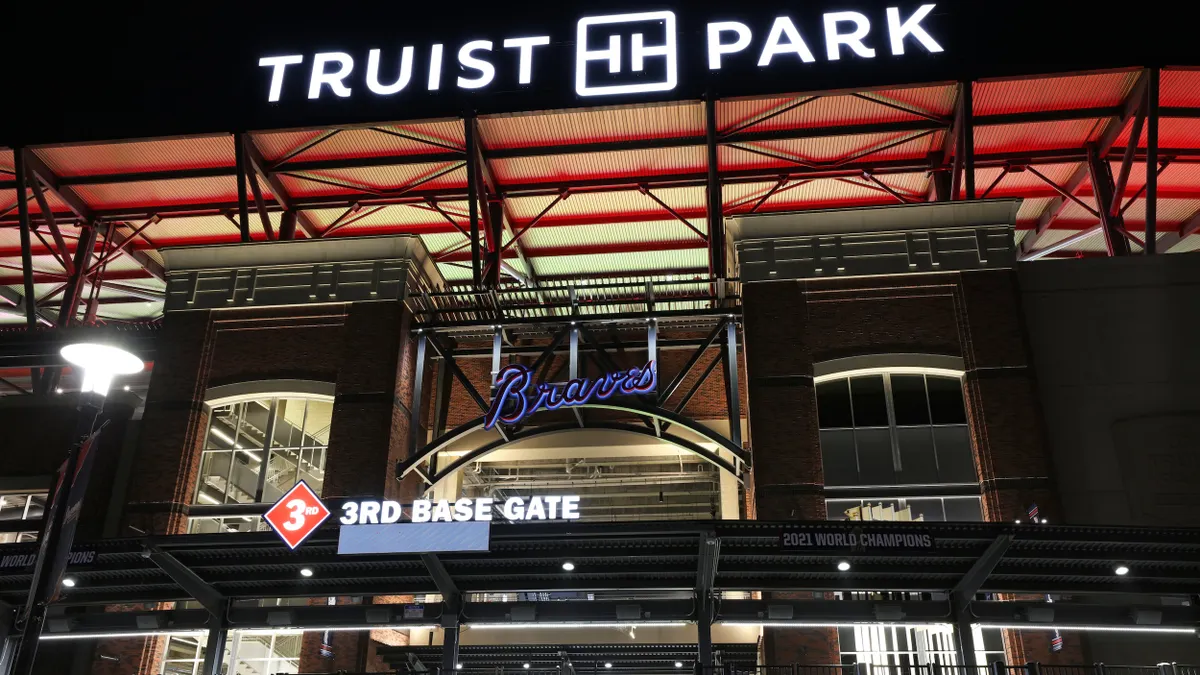Cities cannot just rely on technology to become "smart." The smartest cities need to consider the whole planning toolkit, from housing and transportation to their citizens and art, according to Jason Schupbach, the new director of the Design School at Arizona State University's Herberger Institute for Design and the Arts.
Schupbach was the former director of design and creative placemaking programs for the National Endowment for the Arts (NEA), where he helped bring the creative placemaking movement to fruition. By using art to tackle problems, creative placemaking tries to make a city a better place for its residents and should be considered along with IoT deployments and smart grids for smart cities.
"There's no such thing as a silver bullet for cities," Schupbach said. "You need silver buckshot."
Schupbach ran the newly created funding line called Our Town, named after the famous play by American playwright Thornton Wilder. It has funded 500 communities across the country with projects like a calendar of poetry written by the local police in Maine to launching an Arts & Entertainment District in Silver Spring, MD.
"There's no such thing as a silver bullet for cities. You need silver buckshot."

Jason Schupbach
Director, Design School at Arizona State University
Creative placemaking as a term was coined to encompass the art projects being done in cities, and it has stuck. Schupbach and the NEA put out the book "How to Do Creative Placemaking: An Action-Oriented Guide to Arts in Community Development" with examples of different projects funded from around the country and lessons learned. Smart Cities Dive caught up with Schupbach to learn more about these projects and how cities everywhere can leverage art to enhance communities.
Editor's Note: The following interview has been edited for clarity and brevity.
Smart Cities Dive: Do you have a go-to definition for what creative placemaking is?
JASON SCHUPBACH: There's probably 12 different kinds of broad strategies under creative placemaking. Everything from cultural districts to public art to artists working with different agencies. The nice thing about creative placemaking is that artists can intersect with all those other strategies. There's definitely artists working on public safety projects. There's artists working on transit projects. There's artists working on environmental projects. The skill set of artists really do translate into helping a lot of those different sectors.
Did you [know of] any projects working specifically with technology?
SCHUPBACH: There was a really interesting one in Silicon Valley called Silicon Valley Inside Out. That was a project to try to help downtown San Jose by working directly with the tech companies and doing an art and tech in-place intervention. The tech companies would work directly with an artist on a project ... These were public art projects that would be placed on a site that in the downtown people felt like was unsafe or needed to be redeveloped.
There was a Twitter piece that was put into a plaza that had previously been locked. This is the beginning of Twitter. You could walk up to the piece and it would interact with you and tell you what was going on on Twitter in that moment. You could talk to it and it would spit whatever you said to it back out on Twitter.
What about sustainability and resiliency projects?
SCHUPBACH: There was some work that went on in Philadelphia. They have this incredible plan to redo their water infrastructure plan, like a $3 billion they had to spend to rebuild all their water infrastructure. Instead, they said, "Let's look at how we can use different kinds of paving in our alleyways," and all kinds of innovative techniques that would allow the water to reabsorb better down into the ground. There were some artists that worked with them on that plan and did example sites and things like that and did some training.
Another one was Fargo, who came to us. They had the horrible flooding of the Red River which destroyed downtown Fargo in 2000. They built all this new water infrastructure, these holding bins for flooding, and of course what they did is they put them in the poorest neighborhoods, and so they tore apart the poorest neighborhoods and built these gigantic water basins. They came to us and they said, "We made a mistake and we need to fix this." They actually worked with this amazing artist, Jackie Brookner, she's now passed away, to use a really interesting artistic process to have people re-envision what those basins could be, and especially how they could be something that's much more useful to the neighborhoods. That has actually changed the entire way that the planning office is doing its work with community, and also the way that it's gonna treat all these water basins going forward, and they just broke ground a few weeks ago on the renovation of the first water basin.
Are there things that tech cannot do for a city?
SCHUPBACH: I think what tech misses a lot is the culture of place. One of the biggest problems that happens in city development is that people are saying you can use the same solution everywhere without really understanding how a society works or what the culture of a place is. Just slap on this tech thing and it'll just work, everybody will adopt it, why not, it's awesome. So I feel like one of the things that creative placemaking can do really well, or that an artist can do really well, is to help be that bridge between the community and the tech company, or whoever's trying to come in and do something.
I feel like I get a little nervous as a planner, generally, when somebody just thinks that a smart city solution can be slapped onto something without really understanding what's happening in a place, and the kind of deep cultural understanding you need to have of the place, which I think an artist can help interpret and bridge from the community to people who are trying to work in the community.
"I think what tech misses a lot is the culture of place."

Jason Schupbach
Director, Design School at Arizona State University
For a lot of smart city projects, there's borrowing going on because these projects can be expensive and cities don't want to spend all of this money to not have something work out. How can that be improved?
SCHUPBACH: I think that that's a big problem in the city planning and design world generally. People see an example of something that was successful and don't really dig into all the reasons it was successful in the place and assume that you can slap that solution somewhere else and it's just gonna work. The NEA chairman used to say this and I agree with it, is if you've been to one place, you've been to one place. There are very few places that are actually the same culturally in a way or operate in the same way.
I think they've had a lot of trial and error with something where they were like, "Oh my God, this amazing technology project worked here. Let's just adapt it to Providence," and it just bombed because there wasn't the money, there wasn't the buy in, there wasn't even the need in the same ways. It's foolhardy to think that you can just pick up and drop things somewhere, but if you do the right kind of work and pre-work and figure out how that beneficial thing might be easily adapted to somewhere else, then I think that it can be really game changing. As much as everybody's hating on Uber right now, it did totally change the game on urban transportation.
As cities change, let's say when autonomous vehicles are on the road and we're doing all these things in a more automated setting, do you have an idea of how creative placemaking will change its role in a city?
SCHUPBACH: I think that there will always be human creativity and it will have a role in making cities. There's lots of different versions of things about why creative placemaking's important, and I'm not gonna get these verbs exactly right. It can anchor a place, so a museum or a theater can really anchor a neighborhood in a way that provides activity or provides some cultural resource to the place. I don't think that anchoring thing would ever go away, kind of beautification piece of it. The beautification piece, the improving the public space, saying improving the public realm, saying you'll always need artists and designers to be able to do that.
Unless I get the phone put into my brain, I don't see that I'm ever not gonna want a more beautiful city. I'm never gonna not want somewhere to go where I can have an experience outside of technology. I'm not ever gonna not want to feel more connected to more humans outside of my phone. I think those are things that won't go away.
This is not new. Michelangelo was working on cities back in the day. It's not a new idea that an artist would work on a city. I don't think it'll ever go away. I think what we need to be a lot smarter in the community development field. Adapt with technology. Artists are amazing researchers and they're also usually on the leading edge of a lot of stuff. I would think they'd be ahead of the game on a lot of the changes that are coming, hopefully. And of course, there'll be useful.

















